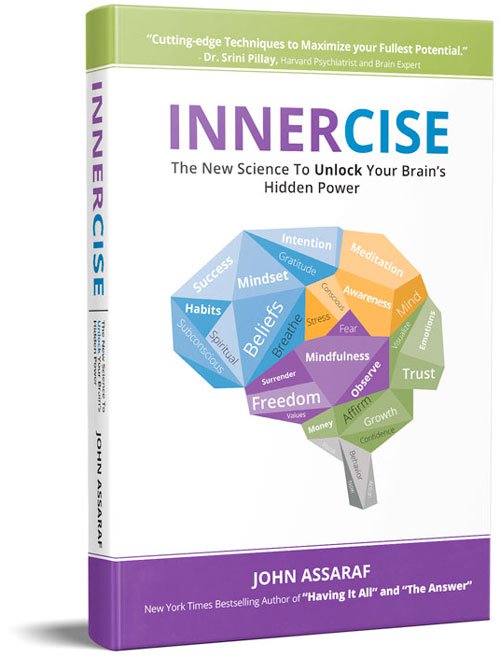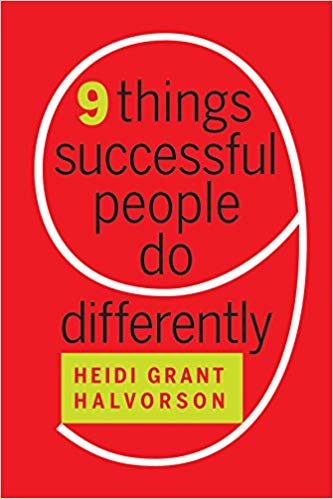
In This Episode…
In yesterday’s episode I used a cause and effect analysis process to identify my current constraints. I unearthed two major constraints, one of which was a lack of clarity on my goals. Or more accurately, the lack of any meaningful goals. So I know I have to set some goals.
In this episode I share the details of a goal setting method I’ve discovered that I think is going to do the trick. It comes with its own neuroscience explanation as well as a step by step approach to putting it into action.
Episode Show Notes
00:08 – In yesterday’s episode I used a Current Reality Tree to unearth my two main constraints that are holding me back. One of those was a lack of goals.
00:48 – A search on Amazon for goal setting books will reveal over 10,000 titles to choose from. A search on Google returns 18,700,000 pages. So there is a lot of information online about goal setting.
01:17 – I’ve chosen “Innercise – The New Science To Unlock Your Brain’s Hidden Power” by John Assaraf as my source for a goal setting method.

01:30 – I have chosen this book because it is recent (2018), it draws on neuro-scientific research and appears practical and proven.
02:04 – John Assaraf is a credible source – he starred in “The Secret”, has appeared on Larry King Live, has collaborated with Richard Branson and is an established entrepreneur. He has also written two New York Times List Best Selling books.
02:30 – His latest company is called NeuroGym which focuses on helping apply practical neuroscience and neuropsychology principles and techniques to improve their lives.
03:02 – The brain is naturally a goal seeking mechanism – it is how we found food to survive.
03:40 – The four steps to effective goal setting:
- 03:58 – STEP 1 – Start with a clear mental image of your idea.
- 04:31 – STEP 2 – Your blood pressure will rise and your motor cortex will be activated in preparation for you to take action.
- 04:57 – STEP 3 – Imagine yourself already achieving your goal and trick your parietal lobe into thinking it is already done.
- 06:54 – STEP 4 – Once you set a goal that has the potential to bring you a form of pleasure that is important to you (status, sex, fame, money etc) then just the ANTICIPATION of the goal will cause dopamine to be released in your brain. This motivates you to take action.
07:26 – There are some pitfalls that will get in the way of this approach working:
- 07:34 – Pitfall #1 – Not being clear enough, vivid enough or precise enough in the description of your goal.
- 08:28 – Pitfall #2 – The goal is not written down. Research has shown that writing your goals down improves their likelihood of being achieved by as much as 50%
- 08:42 – Pitfall #3 – The goal lacks emotional value.
It becomes critical to ensure that your goal is inspiring enough to win the release of dopamine to fuel constructive action. You do that by ensuring your goal is tied to a meaningful purpose.
John Assaraf, Innercise
- 09:18 – Pitfall #4 – Having the wrong size of goal. If it is too big, the brain goes into a fight or flight mode and gets stressed. If it is too small there is no drive to take action.
10:50 – Breaking big goals down into smaller goals helps their achievement.
11:01 – Mental contrasting is another approach that helps generate the necessity to act. It is described in great detail in the book “9 Things Successful People Do Differently” By Heidi Grant Halvorson.

11:40 – Mental contrasting is where you clearly imagine your goal being achieved. But then you also imagine the obstacles you need to overcome to achieve the goal. It sets up the necessity to act.
12:21 – Realistic Optimism is the difference between believing you will succeed and believing you will succeed easily.
13:34 – John Assaraf recommends compiling a Dream Book to capture your goal in as much detail as possible.
14:54 – Regular visualisation of your goal, coupled with feeling the emotional impact of achieving it will set up the environment in your brain where you will be more likely to take action on the goal.